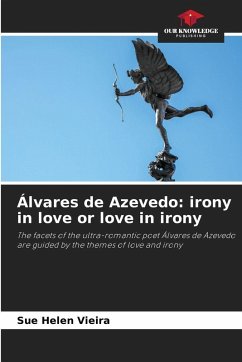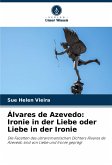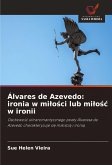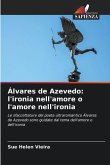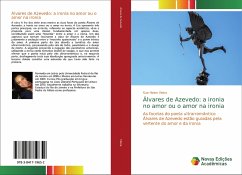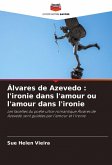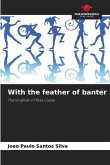The work A lira dos vinte anos (The Lyre of Twenty Years) shows the two sides of the poet Álvares de Azevedo: irony in love or love in irony. The Lyre has three main parts, however, from a semantic point of view, there is a proposal for a division based on only two, thus constituting a "binomial" between love and irony. One of the aspects that makes Álvares de Azevedo's work fascinating is precisely the oscillation between the "passionate good guy" and the young man who is ironic about love. The first part of Lira addresses the theme of ultra-romantic love, passing through boredom, pessimism, and the desire for death. The second part tends to negate the previous parameters, using irony as a (futile) attempt at escape, which allows us to affirm that the poet begins with an ultra-romantic bias and, in the second part, defragments all this previously proclaimed idealization. The third division is an extension of what had been done in the first.
Bitte wählen Sie Ihr Anliegen aus.
Rechnungen
Retourenschein anfordern
Bestellstatus
Storno

